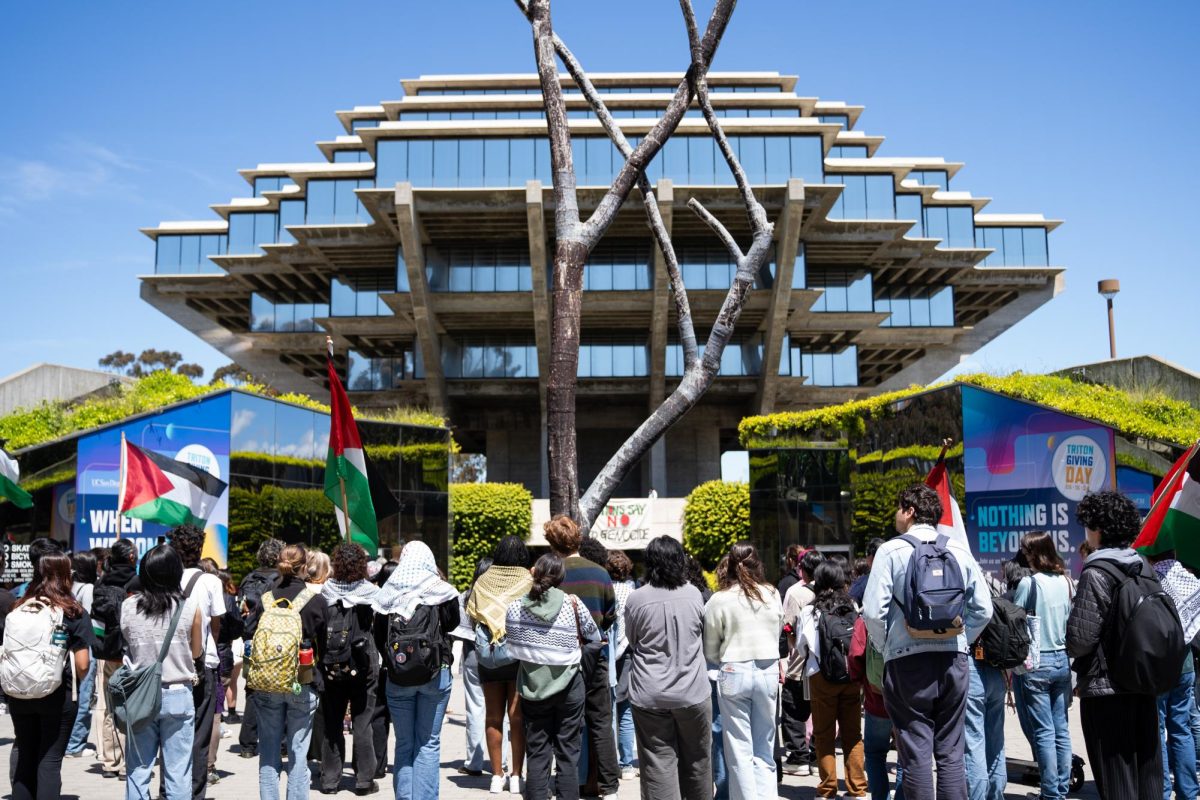As another school year begins, students often find themselves overwhelmed by the increasingly high prices of books and supplies needed for classes. With a high demand for technology in today’s era, electronic devices have become necessary tools in order for students to succeed. While this technology does facilitate learning and teaching, it also comes with a high price for students, especially for those who do not own resources as basic as a laptop. Even with an abundance of computer labs throughout campus and the accessibility of a tech lending program, students still find it difficult to keep up with the demands of schoolwork requiring the use of technology.
According to a study conducted by Pearson, 54 percent of college students agreed that they learned best when using a traditional laptop or computer over any other electronic devices. When it came to doing homework, another 50 percent agreed on laptops being the best choice. The study also found that on average, three out of four college students use a laptop daily for school purposes. Undoubtedly, laptops continue to prevail among all other electronic devices. Yet, a survey conducted by the technology company Advanced Micro Devices revealed that 15 percent of college students still do not own personal laptops. With the average Windows PC laptop today costing approximately $700, it is unlikely that a low-income student would be able to afford this expense in addition to their estimated $1,521 spent on textbooks and supplies per year alone.
At many universities, including UC San Diego, students are required to take courses that heavily demand computer usage. Classes like computer science or statistics use programs that can only be run on computers, which automatically eliminates the possibility of using other simpler devices like tablets and smartphones. Even other classes that do not require these types of programs still rely on technology for communicating and assigning online homework such as Turnitin or WileyPLUS. For students without laptops, this puts a significant amount of additional stress as they have to accommodate their busy schedules to visit computer labs without a guarantee of finding an available computer. This further limits their time to complete class assignments as they can only stay at these places within their designated hours, which is even worse for commuters who are not on campus regularly.
In the meantime, Geisel Library is home to UCSD’s Tech Lending Program, which allows students to borrow a variety of devices such as cameras, chargers, projectors, and even some laptops. However, these devices are only allowed to be checked out for three days at most, with laptops being the shortest at three hours. With the average college student spending about 17 hours a week preparing for classes, three hours is clearly insufficient. Therefore, UCSD should improve their Tech Lending Program similar to that of Massachusetts Institute of Technology’s Student Laptop Loaner Program. The program, which is funded by Information Systems & Technology, only allows current undergraduate students who either do not have a computer or have an incompatible outdated one to check out a laptop for a maximum of two consecutive semesters as long as it is used for school purposes. The laptops provided come with software for student needs, as well as allowing them to download other programs as they wish. The students do not get charged as long as the laptop is returned in the same condition it was lent out to them. UCSD should follow in MIT’s footsteps and perhaps expand it even more by lending other commonly used devices like iClickers. By providing these resources, UCSD could make a positive change to the academic performances of these students who should not need to worry about basic needs.







